“I love collecting market stuff in Mexico. I have an etagere built onto the wall of my living room, which has cubicles that are lit and filled with super inexpensive pottery. You see them in a new way; they become museum pieces” rick bayless, chef and restaurateur
The State of Michoacán has eight Pueblos Mágicos and we spent an exciting day full of surprises discovering four of the Magic Towns … on an eating, shopping and cultural excursion outside of Morelia. We explored artist studios, craft markets and art cooperatives, picking up little treasures along the way. Michoacán is one of three major producers of Mexican handicrafts, but knowledge of this lags behind the reputations of Oaxaca and Chiapas. Its major tourist attraction is Pátzcuaro (greatly noted for its Day of the Dead celebrations) with most of its visitors being nationals. Plus Michoacán is noted for its culinary delights and we can confirm that wholeheartedly.
Capula, whose name means “The Capulines,” was our first stop of the day, a short drive out from Morelia. It’s known for its rust-colored pottery and ceramics. We visited the sprawling hacienda, workshop and gallery of famed artist, Juan Torres, credited for being the first artist inspired by the late-19th century drawings of José Guadalupe Posadas, a Mexican political cartoonist. Maestro Torres was the first artist to take Posadas’s Catrinas from pen-and-ink drawings to three dimensional work in clay. His mammoth catrina statue welcomes visitors at the town’s gateway.
On the way to Capula’s artists cooperative, we‘d see Catrinas of every size standing sentry in doorways. These skeletal specters, think of “Coco,” beckon visitors with their charms. The co-op featured the work of local artisans including: clay pots, dishes, bowls, cups and kitchenware embellished with the town’s trademark florets, the popular punteada barro, whirling in small airy circles as they shimmer around the pieces. Selecting and editing purchases was challenging with so much to choose from. No Made in China to be found here, thankfully.
My vegetarianism in México can now be best described as “‘situational ethics,’ … in ethics and theology, the position that moral decision making is contextual or dependent on a set of circumstances.” Let me be more precise … the circumstances causing the dilemma were the carnitas in the town of Quiroga. It’s well known throughout México as the place where carnitas were born and perfected over the last few generations by the Carmelo family. The town has its own segment as seen in “The Tacos Chronicles” on Netflix and has been featured in many travel and cooking tv shows and exalted by visiting chefs.
Approaching the central plaza, food carts line the street with each vendor cheerfully offering up a free, small taste of carnitas wrapped in a soft, warm tortilla. The savory smell permeating the air was just too much temptation and a taste or two later, I succumbed to a full order, my taste buds ricocheting like a pinball machine. Juicy and succulent … but mere words cannot truly describe these natural wonders. Will have to keep the show on “My List” for repeated viewings to relive the joy of tasting.
Named to honor the memory of Michoacán Bishop, Don Vasco de Quiroga, the town’s history dates back before the colonial era. Quiroga was an indispensable road to the Purépecha capital of “Tzintzuntzán,” our next stop.
Tzintzuntzán (poetically pronounced tsintsunˈtsan), a Magic Town, the name comes from the Purépecha language, meaning “place of the hummingbirds.” The Purépecha were one of the tribes that arrived to the Pátzcuaro Lake area in the 12th century. They were a feared warrior tribe and didn’t experience military defeat until the Spanish arrival in the 1520s.
What remains from them is a large archeological site located on a hill overlooking the town and Lake Pátzcuaro. It sits on a large, artificial platform that was excavated into the side of the hill. The ceremonial center contains a large plaza and several buildings known to house priests and nobility, but the main attraction is the five yácatas or semi-circular pyramids that face out over the lake area.
The main attraction of the “modern” town is the former monastery complex of San Francisco, which was founded in the 16th century. The complex contains the Church of San Francisco, the Church of La Soledad, two open chapels, a large atrium and 500 year old olive trees. Much of the building material was obtained from the nearby yácatas – pyramids that the Spanish ultimately destroyed, leaving ruins that suggest the powerful and formidable warrior people.
The Church of La Soledad contains the amazing “Santo Entierro,” a wax figure of Christ displayed in a glass coffin. It’s believed in Mexican folklore that the arms and legs of this statue are growing; proof being one end of the coffin has an extension that’s been added for the feet, with the toes actually touching the glass end. A “Twilight Zone” episode, perhaps?
Tzintzuntzán’s bustling lake reed or tule handicraft market landed us a few more treasures to add to our ever growing Christmas decorations collection: hanging bells, candy canes, wreaths. The stalls overflowed with colorful baskets, mats, purses and bags galore. Add here a tote bag to the purchase column.
My best find was on the square in the pottery section. I‘ve developed a love for clay cazuelas (cooking pots) since first buying one in Oaxaca. Mexicans use these inexpensive cooking vessels daily. I’m slowly adapting to cazuelas in my cooking as they make excellent heat conductors. Besides, they look darn beautiful on the stovetop and tabletop, too for serving.
Interestingly, here at Lakeside they’re quite pricey; sold mostly as decorations for the expat kitchen. In Tzintzuntzán, I hit the jackpot and walked away with a set of five inexpensive cazuelas … from the largest one that can be used as a baby’s wash tub, to the smallest one, perfectly suited for a small bowl of salsa. Today’s tally is adding up with market stuff.
Our B&B bedroom has a hanging grass-woven monkey that David fell madly in love with. He mentioned to owner, Rose, about obtaining one; so there we were at the renowned Tzumindi Galleries, in the tiny village of Ihuatzio. If you’re looking for an original gift or decorative item for your home, this is the place you‘ll definitely find it. David found his mono, and we had the opportunity of meeting artist Mario Lopez. www.tzumindi.com
Behind unassuming gates sits his complex of workshop studio, warehouse and home. Here he works creating his unique pieces; his specialty is fitting iron structures into furniture or animals. Bulrush, or natural fiber reed grass, grows on the nearby shores of Lake Pátzcuaro. Mario has redefined its use in mastering his technique weaving the natural grass with the iron metal.
Although many of Mario’s creations have a “modern” theme, the art of using chuspata, the indigenous grass found only in México, is a handicraft that’s been used for decades in the country. This is truly folk art at its best with a creative vision into the future.
Santa Clara del Cobre, all things Copper … a Magic Town. The Purépecha people have been working with copper since the pre-Hispanic era and led to this town’s dominance in copper crafts over the colonial period well into the 19th century.
Of Mesoamerican cultures, only the Purépecha and the Zapotec peoples in Oaxaca were able to extensively use copper. This metal was rare among the Aztecs. The Purépecha were the most advanced in metallurgy, with the ability to fashion bells, decorations, jewelry and tools such as axes. They also knew how to inlay gold into copper objects.
The town has preserved its colonial look, with houses and other buildings mostly painted white and roofed in red tiles. Older buildings have thick adobe walls. The center of town is made up of two plazas; one features many shops selling copper wares. Next to it is a simpler plaza onto which face the town’s two main churches, the Parish of Santa Clara and the Chapel del Hospital. A giant copper kettle sits in the plaza proudly proclaiming the town’s vitality.
Everywhere you looked, bright, shiny copper glistened in the sun and blinded us into buying our very first copper pieces ~ a copper handled pan and two drinking cups. Kari, our hometown yogi, suggests drinking your daily water in copper to be a healing virtue. I’ll report back on that promise
Our last stop of the day was Pátzcuaro, a most beautiful Magic Town. It was founded sometime in the 1320s; first becoming the capital of the Tarascan state and later its ceremonial center. Pátzcuaro has retained its colonial and indigenous character since then, earning its “Magic.” Elaborate Day of the Dead celebrations are held here yearly when the town explodes with celebrants from all over the nation and internationally.
Ending our day on a high note, enjoying a promenade around the lively Plaza Vasco de Quiroga or the Plaza Grande, along with families, dogs, an art show, food vendors and dance performances. It was dedicated to Vasco de Quiroga in 1964, when a fountain containing a bronze statue of the bishop was placed in the center.
While at the plaza we were mesmerized by the colorful costumes and wood tapping noise of the Danza de los Viejitos (Dance of the Old Men), a traditional folk dance of Michoacán. Originally danced by the Purépecha, four men would represent fire, water, earth and air; dressed to correspond to the four colors that make corn: red, yellow, blue and white.
The dancers wear a top and bottom made out of a white blanket; topped with a “Sarape,” made of different designs and colors. They wear a straw hat adorned with long pieces of colorful ribbon lace. Their sandals have a wooden sole in order to make a tapping noise while dancing, along with a wooden cane A mask is worn made out of either wood, cornstalk paste or clay with an elderly man’s face painted on it; each featuring wildly exaggerated emotions. It was fun watching their spontaneity in the joyful performance.
In conclusion, Morelia and Michoacán topped all our expectations and deserves further explorations to uncover more gems ~ culinary, cultural and other curiosities Definitely a great place to collect stuff (thank you, Rick Bayliss). And those Quiroga carnitas ~ Ay, Dios Mío!
On the Menu … Sopa de Huevos, a rich & spicy tomato soup served with poached eggs, whipped up by Lupe at our B&B; Carnitas Tacos; Blue Corn Quesadillas filled with Squash Blossoms, mushrooms and charales (tiny, fried lake fish) topped with an incredible red salsa bought from street vendors in Pátzcuaro.
Back in Morelia and a final, third meal at LU … Tarascan soup for me and a chicken consommé for David, a bowl of rich chicken broth filled with chicken and vegetables, served with a side dish of condiments and add-ins. Dessert ~ the best mocha cappuccino ever, accompanied by blue corn/chocolate cookie balls rolled in powdered sugar.
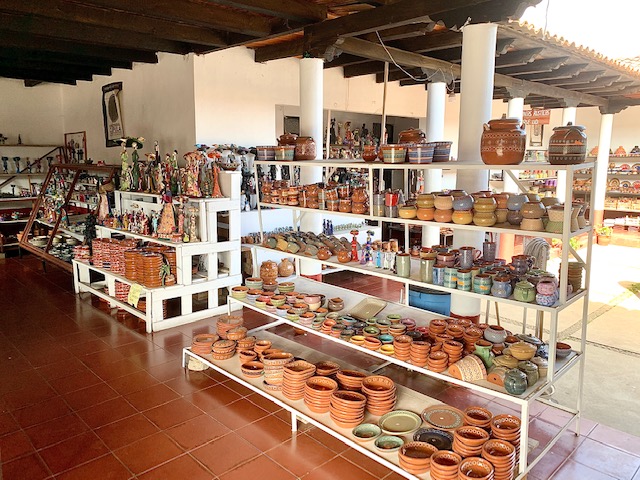
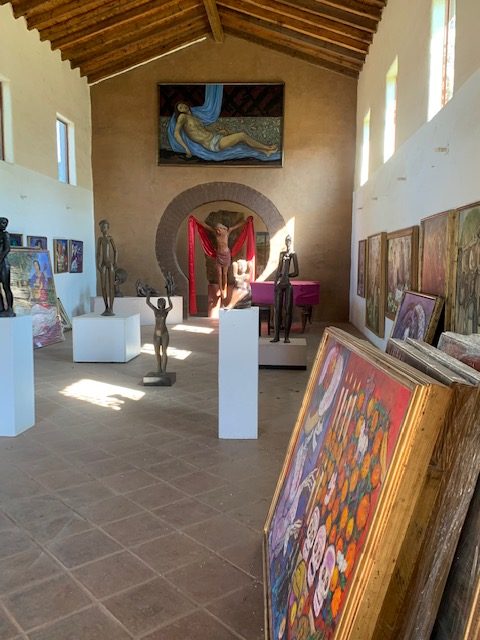
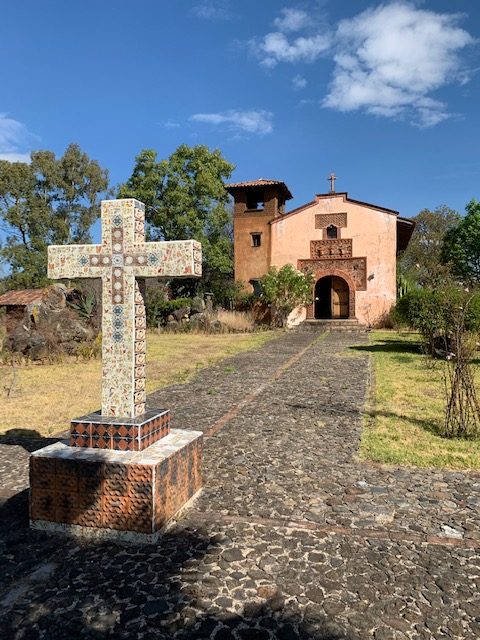


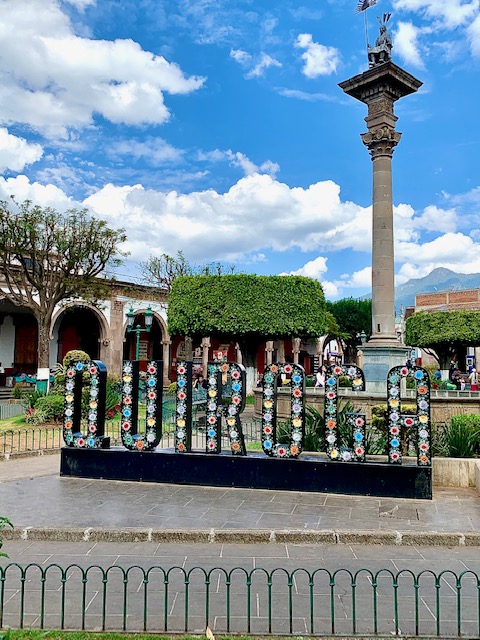

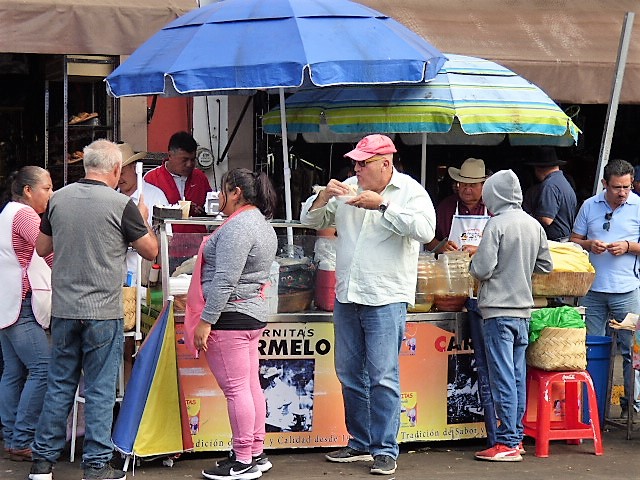

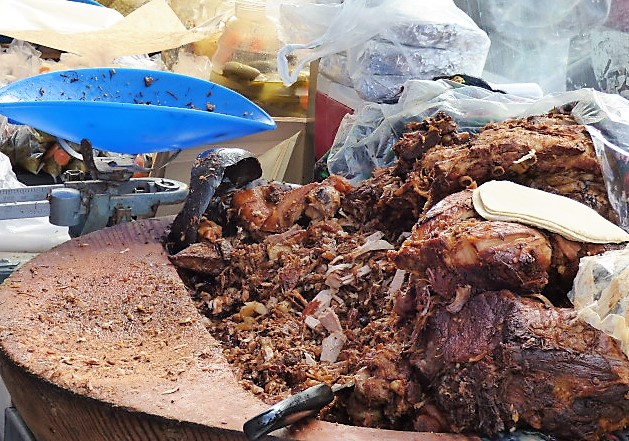


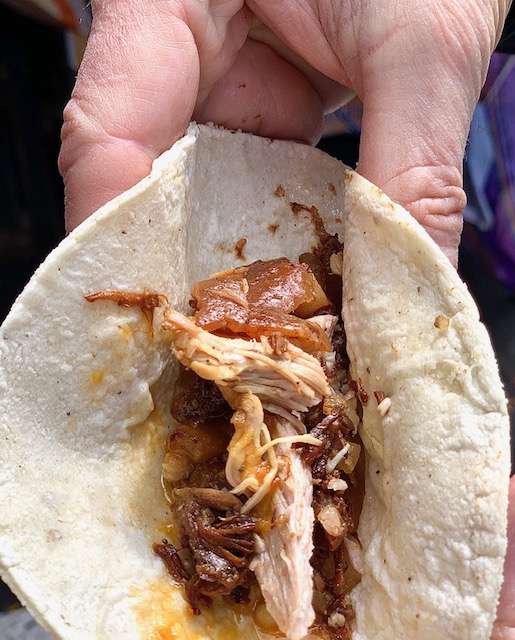




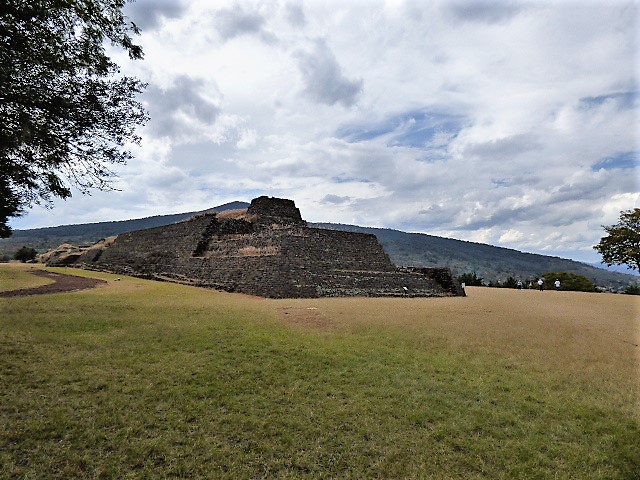
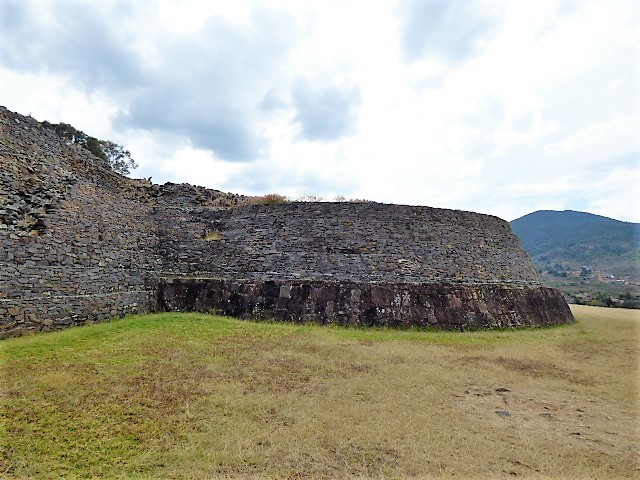
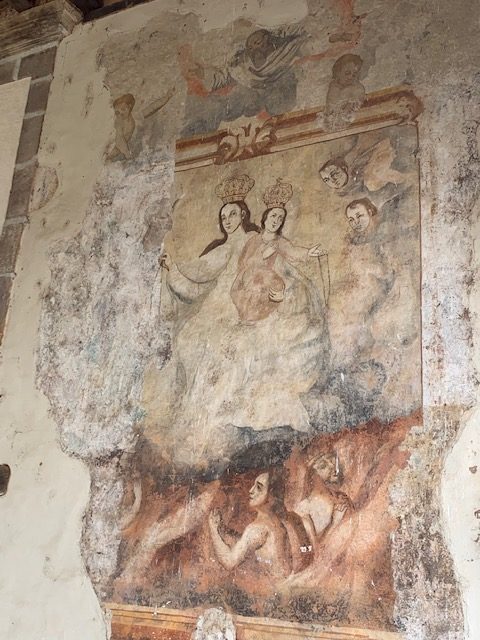
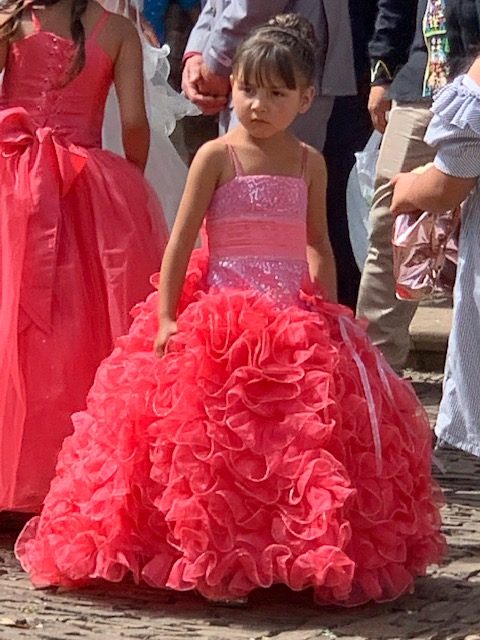
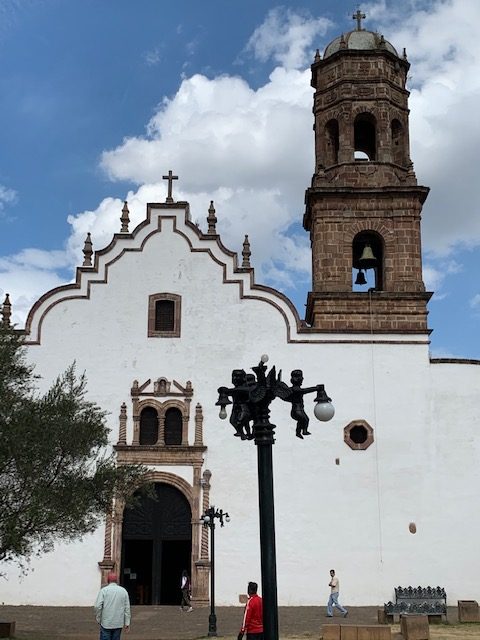



















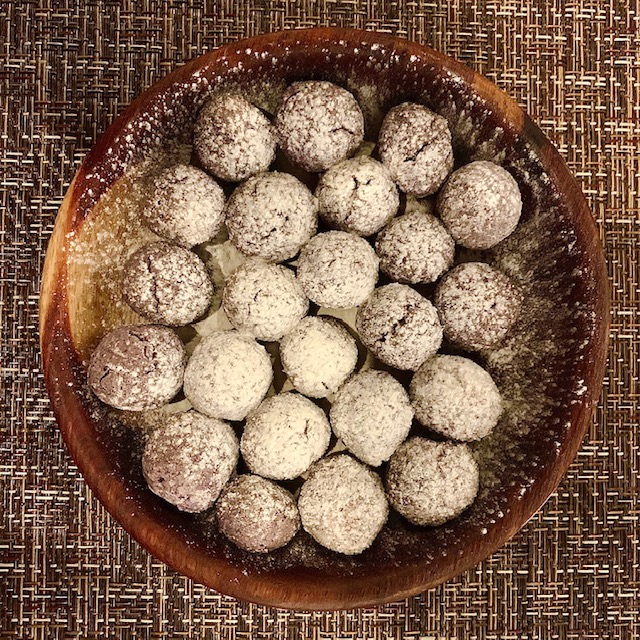

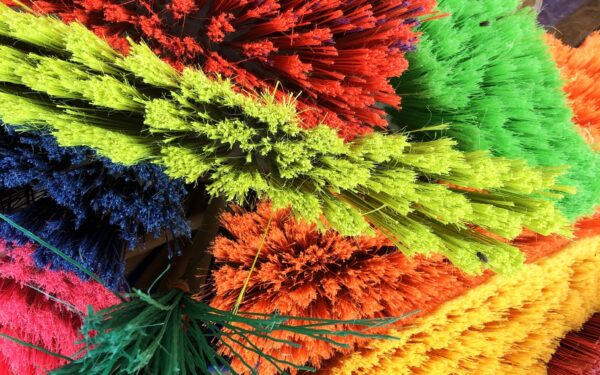

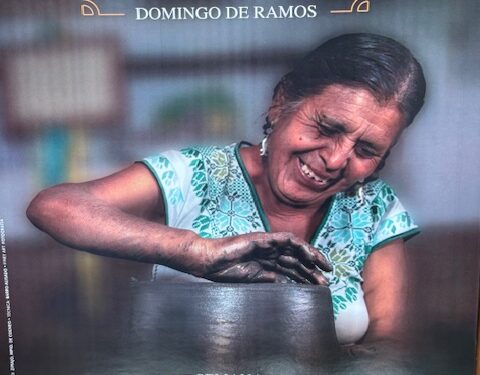

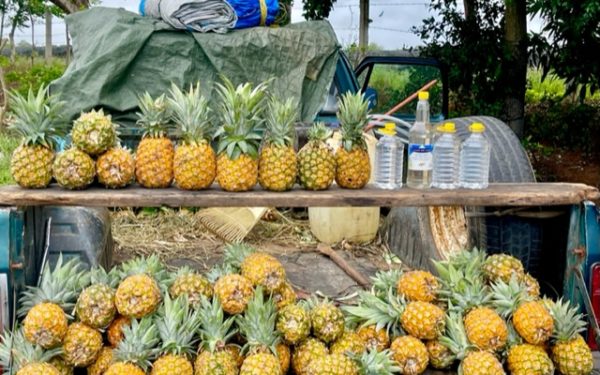
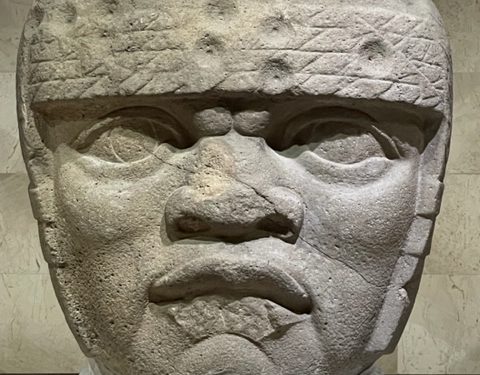
It is so eerie. You are the spitting images of my neighbors, whom I barely know because they travel so much. Hope they are having as much fun as you two seem to be having. Where do you live?
Fascinating reporting and…….blue corn/chocolate cookie balls????? You don’t have access to a recipe do you??? Maybe I can figure them out…….
Oh my gosh, we are getting a wonderful education of all things Mexico! I love the Horse you brought home and all the food pictures are making my mouth water. Enjoy the adventure!!!!
Love you guys! Julie
Feasts for the eyes and the palate! Thanks so much for sharing your adventures!
I LOVE THE LITTLE HORSE BUT WANT TO SEE THE MONO. YOU KNOW I LOVE MONOS…..
HUGS AND KISSES
YOUR SIS